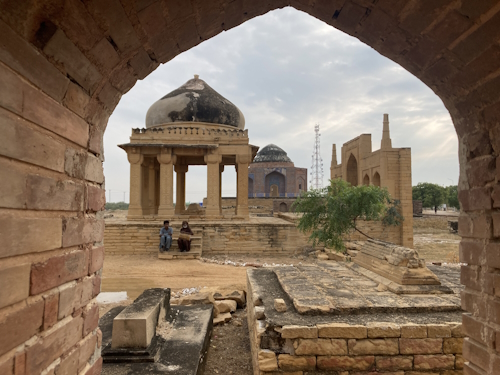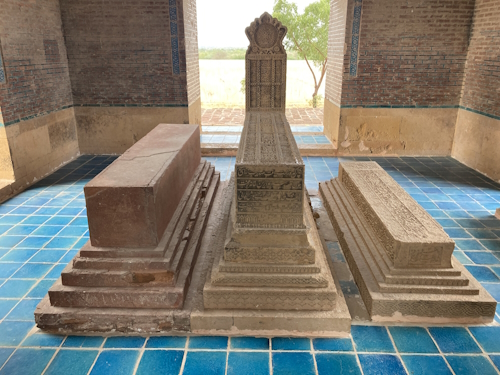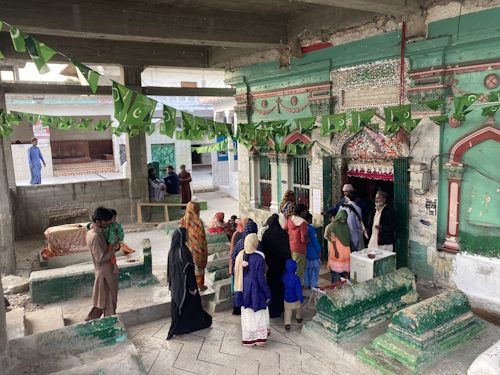Blog WHS Visits
WHS #880: Makli, Thatta
There are some WHS on the List where it is hard to imagine what they are about and what they look like before you visit it. For me that always has been the case with “Makli, Thatta”. What’s Makli and what’s Thatta? Well, Makli means “little Mekkah” and is the name of the site, while Thatta is the name of the city it belongs to. The site is usually described as a necropolis, but I believe it is not really about the number of burials. It stands out for its set of monumental tombs and mausolea created in different styles by local dignitaries, who wanted to be buried near the shrine for the Sufi scholar Shaikh Jamali.
Makli was already inscribed in 1981, which seems a little early as although it is a nice site to visit it can hardly be seen as globally influential in any way; it’s more the eclectic result of a local building tradition. There is little info to go on why exactly it was made a WHS. It went through a re-focus stage post-inscription (including a name change) as described here, as the earliest incarnation seemed to suggest that other monuments in the city of Thatta were inscribed too. But only Makli is.
The entrance fee, as at all other WHS in Sindh Province, nowadays is 3,000 rupees (about 10 USD) for foreigners. It’s a vast site, impossible to cover fully on foot, with alternating areas of little interest and eye-catching monumental tombs. Our guide went on a bit about this being “the largest cemetery in the world” (not the one in Iraq, which he also was aware of), but this seems merely an example of the (often very local) chauvinism not based on facts that is common in Pakistan.
In the end, we just went to see the prettiest mausolea. To my untrained eye, they display two distinct styles of architecture. One is the local Chaukhandi style (sandstone structures with fine carvings, named after the exquisite nearby TWHS of the Chaukhandi Tombs), and the other is an adaptation of Central Asian and Persian dome-type structures with glazed tiles. A few of the latter have undergone recent renovations, mostly focusing on the exterior tilework (the Tomb of Diwan Shurfa Khan may be the best example of this). ‘The man with the keys’ is needed to open up the most precious ones, as the entrance gates to the individual mausolea are usually locked to prevent vandalism. The heavily eroded site also suffers from winds blowing in plastic trash.
After we had seen several of the tombs we asked what the green building in the distance was. It turned out to be the Sufi shrine dedicated to the Baghdadi scholar Abdullah Shah Ashabi. An electric vehicle was summoned to bring us there. The shrine is fairly small, but large crowds of pilgrims still are said to come here on Fridays. We met a few people inside. The inner courtyard holds two huge cauldrons: here food is cooked to be handed out for free to the worshippers and/or the needy.
We spent about 2 hours at Makli, which I felt was enough. It is recommended to go in the late afternoon to get the best pictures of the tombs. Upon leaving, we were invited to tea by the site manager – the first of many such ‘ceremonies’ we were to undergo in the next 2 weeks. He said he greets all foreign visitors. There is sort of a WHS plaque, which unfortunately I did not manage to locate, but they also have a pretty sign displaying the most notable tombs and the WH logo.
Els - 10 December 2023


